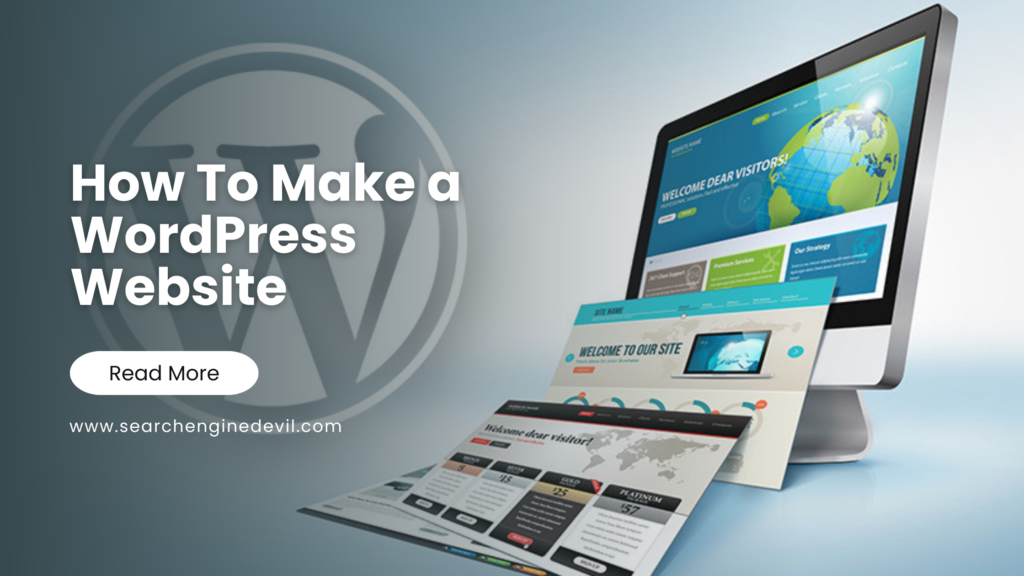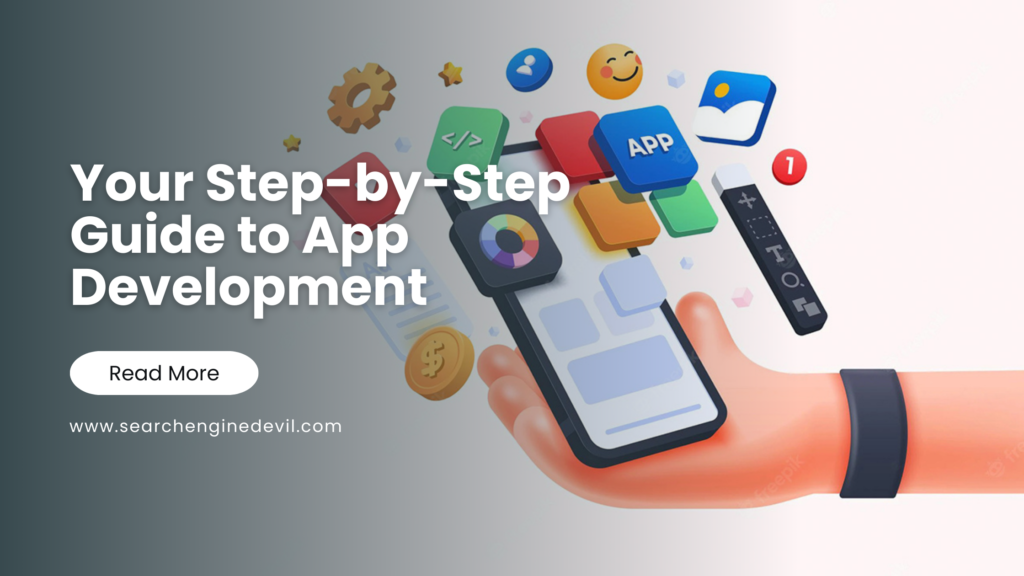The internet thrives on websites, acting as portals to information, creativity, and commerce. If you’ve ever dreamt of having your own online space, WordPress presents a powerful and user-friendly platform to turn your vision into reality. Even with no prior experience, you can build a stunning and functional website with just a few steps. This comprehensive guide will walk you through the process, equipping you with the knowledge to create a website that reflects your unique voice and purpose.
1. Finding Your Footing: Choosing a Domain Name and Hosting
Think of your domain name as your online address. It should be memorable, relevant to your website’s content, and ideally, easy to spell and pronounce. Popular domain name registrars like Google Domains or Namecheap offer various domain name extensions, with “.com” being the most common choice.
Next comes web hosting, the service that stores your website’s files and makes them accessible to visitors. Numerous web hosting providers offer varying plans with different features and costs. Look for providers offering WordPress-specific hosting plans for optimal compatibility and ease of use.
2. Building the Foundation: Installing WordPress
Many web hosting providers offer one-click WordPress installation, making the process incredibly simple. If not, you can usually install it manually through your hosting control panel. Once installed, you’ll be greeted by a user-friendly dashboard – your central hub for website management.
3. Choosing Your Look: Selecting a Theme
Think of a theme as your website’s outfit – it defines its visual style and layout. WordPress offers a vast library of free and premium themes, catering to diverse needs and aesthetics. Whether you’re building a blog, an online store, or a portfolio website, there’s a theme perfectly suited for you.
Here’s what to consider when choosing a theme:
- Aesthetics: Does it align with your brand identity and website’s purpose?
- Responsiveness: Does it adapt seamlessly to different screen sizes (desktop, mobile, tablet)?
- Features: Does it offer functionalities you need, like contact forms, galleries, or eCommerce capabilities?
- Customization: Can you tailor the theme’s colors, fonts, and layout to your preferences?
4. Personalizing Your Space: Customizing the Theme
Once you’ve chosen a theme, explore its customization options within the WordPress dashboard. You can usually change the background image, color scheme, fonts, and layout elements to personalize your website. Many themes come with built-in customization tools that make this process user-friendly, even for beginners.
5. Adding Content: Creating Pages and Posts
The heart of your website lies in its content. WordPress allows you to create two main types of content:
- Pages: These are static content sections like your “About Us” or “Contact” page. They remain unchanged unless you edit them directly.
- Posts: These are typically used for blog entries or news updates. They are displayed chronologically, with the newest posts appearing first.
To create pages and posts, simply navigate to the “Pages” or “Posts” section in your WordPress dashboard. You can then add text, images, videos, and other multimedia elements using the intuitive editor.
6. Enhancing Functionality: Installing Plugins
Plugins are like extensions that add specific functionalities to your website. WordPress boasts a vast plugin library, catering to diverse needs. Whether you want to add a contact form, optimize your website for search engines, or integrate social media sharing, there’s likely a plugin for it.
Here are some popular plugin categories:
- SEO (Search Engine Optimization): Improves your website’s ranking in search results.
- Contact forms: Enables visitors to easily contact you through your website.
- Security: Protects your website from malicious attacks.
- Social media sharing: Allows visitors to share your content on social media platforms.
Remember to choose plugins that are reputable, actively maintained, and compatible with your theme and WordPress version.
7. Navigation Made Easy: Setting up Menus
A clear and intuitive navigation menu is crucial for user experience. WordPress allows you to easily create menus that link to different pages on your website. You can customize the menu’s appearance, such as the number of levels, font styles, and placement.
8. Making it Shine: Optimizing for Mobile Devices
With the majority of web traffic now coming from mobile devices, ensuring your website displays and functions seamlessly across different screen sizes is critical. Thankfully, most WordPress themes are responsive by default, adapting their layout to various devices. You can always test your website on different devices or use the built-in “Mobile View” tool within the WordPress dashboard to ensure a perfect experience for all visitors.



